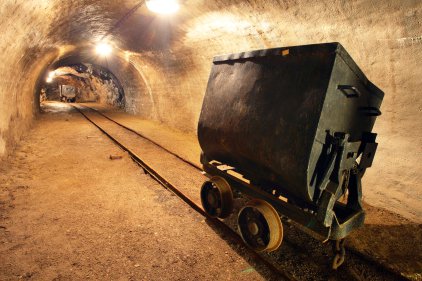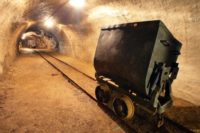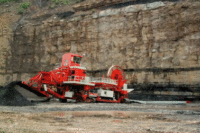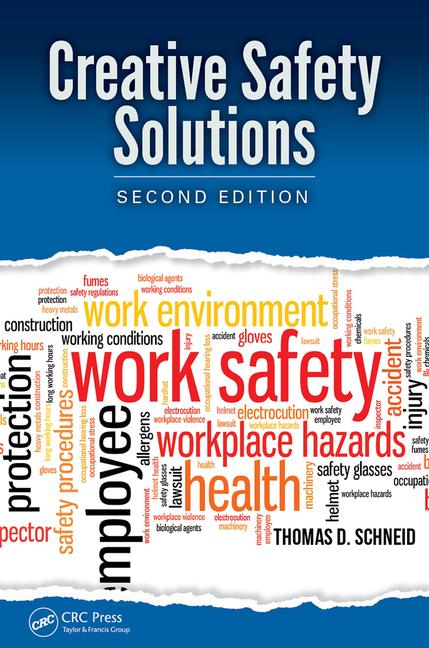U.S. mining deaths down, but many still preventable
Technology could help

 Nine U.S. miners lost their lives in work-related accidents from July 1 to Sept. 30 – two fewer than for the third quarter of 2012. Those figures were among the information released recently by the U.S. Department of Labor's Mine Safety and Health Administration (MSHA).
Nine U.S. miners lost their lives in work-related accidents from July 1 to Sept. 30 – two fewer than for the third quarter of 2012. Those figures were among the information released recently by the U.S. Department of Labor's Mine Safety and Health Administration (MSHA).
Five miners died in coal mining accidents and four in metal/nonmetal mining accidents.
Two coal miners died in machinery accidents, and one each died in powered haulage, fall of roof or rib, and drowning accidents. Two metal/nonmetal miners died in powered haulage accidents, and one each died in machinery and falling/sliding material accidents.
Twenty-seven miners died in mining accidents in 2013 from Jan. 1 through Sept. 30, compared to 30 from Jan. 1, 2012, through Sept. 30, 2012.
"While the number of mining deaths was lower than in the same period last year, miners continue to die in accidents that could have been prevented, such as by using proximity detection equipment," said Joseph A. Main, assistant secretary of labor for mine safety and health.
Proximity detection systems
On July 2, a continuous mining machine operator was killed when he was struck by a battery-powered coal hauler and pinned between the coal hauler and coal rib. Proximity detection systems can be programmed to send warning signals to alert miners to the presence of moving machinery and can stop the machinery before it strikes, pins or crushes a miner working in the vicinity. As of Sept. 30, 2013, 372 proximity detection systems had been installed on continuous mining machines, coal hauling machines and scoops in underground coal mines.
Lockout/tagout
"In metal/nonmetal mining, fatalities continue to occur that could be prevented by using ‘lock out/tag out' best practices," said Main. "Two of the fatalities this quarter could have been avoided by: disconnecting the power, ensuring the miner on the job has locked the power source in the safe position and tagging to prevent the power from being re-energized.
"While actions undertaken by MSHA and the mining industry continue to move mine safety in the right direction, these deaths are a reminder that much more needs to be done to protect the nation's miners and ensure they return home after every shift," said Main.
An analysis of third-quarter mining fatalities is available at www.msha.gov/fatals/summaries/summaries.asp, along with best practices to help mining operations avoid similar fatalities.
For additional commentary on this data from Main, read his From the Assistant Secretary's Desk post.
Looking for a reprint of this article?
From high-res PDFs to custom plaques, order your copy today!






